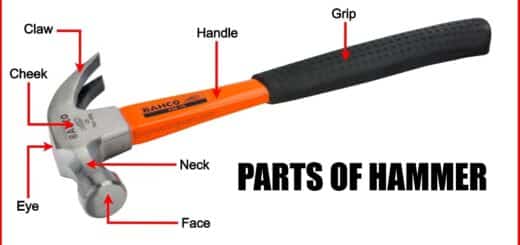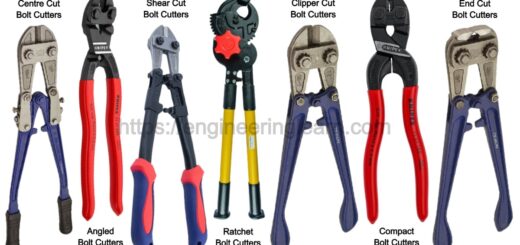Rule Measurement (Tool): Definition, Types, Uses, Examples & How to Read Ruler? [Explained]
![Rule Measurement (Tool): Definition, Types, Uses, Examples & How to Read Ruler? [Explained]](https://engineeringlearn.com/wp-content/uploads/2023/05/Rule-Measurement-1024x539.jpg)
Introduction
Rule Measurement (Tool): Definition, Types, Uses, Examples & How to Read Ruler? [Explained]: – Rulers are utilized for measuring or estimating a line, and the straight edge permits them to be utilized for drawing, scoring, or cutting. They are in many cases utilized in technical drawing, math and geometry, designing, carpentry, and print fields. A ruler replaced the primitive strategies that were utilized in measurements, like the utilization of human hands.
This measuring instrument has been utilized for a long time and this has prompted the revelation of various sorts of rulers, utilized in measuring different lengths.
What is a Rule Measurement?
A ruler is a measuring and estimating instrument, which can be in a plastic or metal structure, and has a straight edge and measurements along the edge. It is a measuring tool that is set apart with units of length, for example, inches or centimeters. It is likewise called Rule measurement. Rulers are usually utilized in different fields, including science, mathematics, engineering, and architecture. They play a pivotal part in assisting children with developing a superior understanding of the concept of length and the various units used to measure it.
Rulers have been utilized for math and geometry for quite a while. The type of ruler that is useful in the engineering sector is the desk ruler. Desk rulers have been customarily put together with wood, however, the plastic forms are likewise common. For measuring roads and for construction purposes, the ruler utilized is known as the engineering scale. It is like the architect scale, with the main distinction being that it is graduated with many scales, empowering it to be utilized for large-scale drawings, like measuring streets and other geographical features.
Types of Rulers / Types of Rule Measurement
There are a few sorts of rulers accessible, each designed for explicit purposes or measurements. A few normal sorts include:
1. Standard Ruler

A standard ruler is an astronomical object for which the actual physical size is known. One can use simple trigonometry, by measuring its angular size in the sky to determine its distance from Earth. This kind of ruler is commonly utilized in schools and homes for regular measurements.
2. Engineer’s Scale
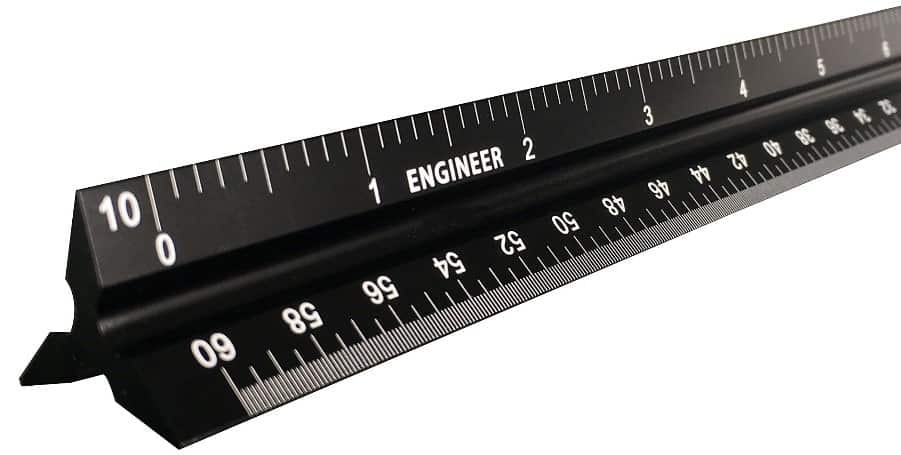
Like the designer’s scale, an engineer’s scale is utilized to measure and scale drawings. Nonetheless, the engineer’s scale ordinarily utilizes a base-10 system that makes it more suitable for engineering and specialized drawings.
3. Architect’s Scale
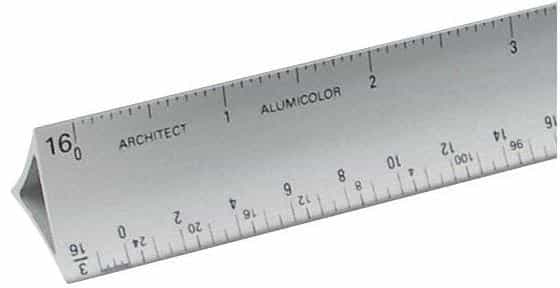
An architect scale is a specialized ruler utilized by architects and engineers to measure and scale drawings. It features numerous scales that permit users to effectively change over measurements between different units.
4. Digital Ruler
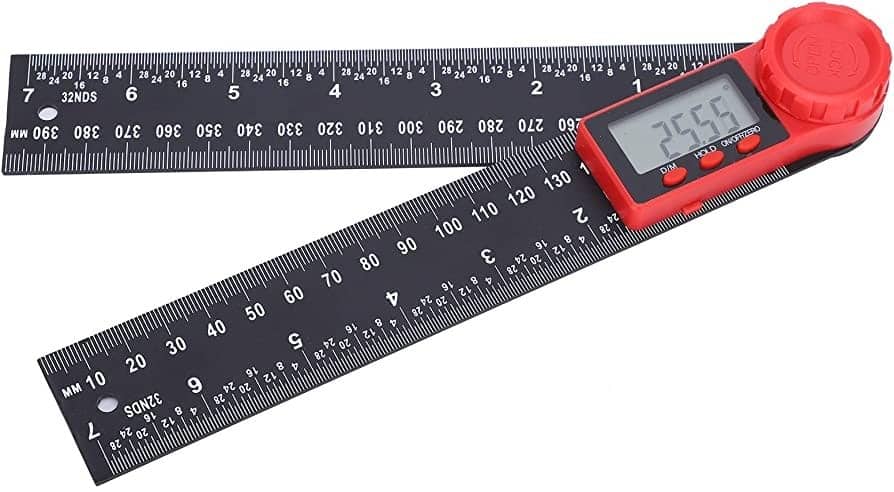
A digital ruler is an electronic gadget that displays measurements on a screen. It can give more accurate readings and can be effortlessly adjusted to various units of measurements.
5. Flexible Ruler
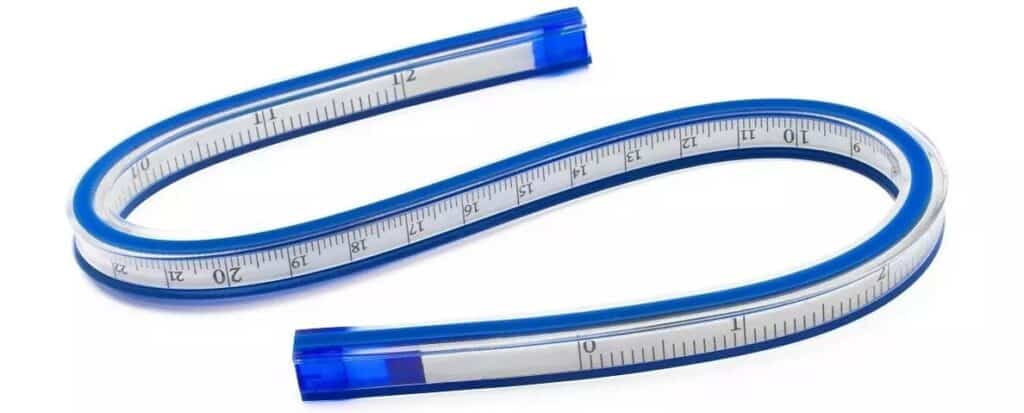
A Flexible ruler is utilized in a few clinical settings, and it comprises premium stainless material. These rulers are frequently made using materials like plastic or fabric.
Types of Rulers Based on Material
Rulers arrive in different materials, including wood, metal, and plastic. Each material enjoys its benefits and disadvantages and that is mentioned below:-
1. Wooden Rulers
These rulers are made using different sorts of wood and are the most traditional decision. They are lightweight, simple to utilize, and affordable. Be that as it may, they can become warped or damaged after some time.
2. Plastic Rulers
Plastic rulers are lightweight as well as affordable, spreading the word about them a well best choice for schools and kids. They are likewise accessible in a range of colors and styles. Be that as it may, they can be less durable and may not provide the most accurate measurements.
3. Metal Rulers
Metal Ruler is an incredibly useful device to get exact measurements from different designs, for the most part, utilized by orthopedic, plastic, and general specialists. They are additionally resistant to warping and provide precise measurements. Be that as it may, they can be heavier and more costly.
How do We Read a Ruler?
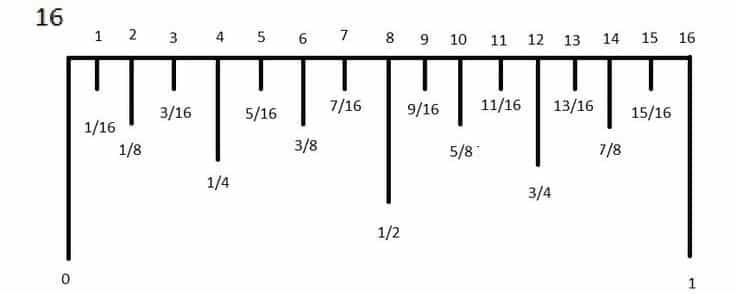
Reading a ruler can be simple once you figure out the various markings and units of measurement. Below is a step-by-step guide how to read a ruler:
- At first, Identify the units of measurement on the ruler, for example, inches or centimeters.
- After identifying units, you need to locate the zero point or the starting point on the ruler.
- Observe the markings on the ruler. These markings address various fractions of the unit, for inches or millimeters for centimeters.
- To measure an object or the distance between two points, align or adjust the zero point of the ruler with one end of the object or the first point.
- At last, Read the marking on the ruler that correspondences to the opposite end of the object or the subsequent point. This marking demonstrates the length of the object as well as the distance between the two points.
Why You Ought to Know How to Read a Ruler?
Knowing how to read a ruler is significant, for school as well as for day- to-day life.
For instance, if you want to make something out of construction paper, you’d probably have to utilize a ruler to measure the amount of material you would require. Truly there are lots of moments in life when you’ll have to know how to read a ruler. What’s more, in the event that you don’t have the foggiest idea of how to read a ruler, then, at that point, you’ll probably endure a few consequences. Imagine a scenario where you make two pieces of something that don’t fit together on the grounds that one is smaller or longer than it should be. For sure on the off chance that you mess up an experiment of science on the grounds that you didn’t accurately read the measurement of a piece of string you cut?
Hence, knowing how to read a ruler is essential to your grades in school as well as your everyday life.
Uses of Ruler / Rule Measurement
Below are some uses of rulers: –
- A ruler is a straight edge that is utilized for measuring and drawing lines. It is otherwise called a straight edge. Rulers come in various sizes and shapes. The most well-known kind of ruler is the inch ruler. A ruler can be utilized for various things, like drawing lines, measuring, and creating shapes.
- Rulers are utilized for drawing lines. A ruler can be utilized to draw straight lines or curved lines. While drawing a straight line, the ruler ought to be placed against the paper with the goal that it is touching the paper on both ends. The pen or pencil ought to be placed on the ruler and afterward dragged along the ruler to draw the line.
- While defining a curved line, the ruler ought to be placed against the paper so it is touching the paper toward one end. The pen or pencil ought to be placed on the ruler and afterward, the ruler should be curved to create the ideal shape.
- Rulers can likewise be utilized for measuring. While measuring, the ruler ought to be placed against the object that is being measured. The object ought to be measured in either inches or centimeters. The ruler can likewise be utilized to measure angles.
- Rulers can likewise be utilized for creating shapes. While creating shapes, the ruler ought to be placed against the paper with the goal that it is touching the paper on both ends. The pen or pencil ought to be placed on the ruler and afterward dragged along the ruler to make the ideal shape.
How do we Measure Length Using a Ruler?
You need to follow these steps to measure the length of an object using a ruler:-
- In the first step, you need to place the object on a flat surface or hold it against the ruler.
- You first need to align the zero point of the ruler with one end of the object.
- Afterwards, You want to read or peruse the marking on the ruler that corresponds or compares to the opposite end of the object. The length of the object is represented by this marking.
- When reporting the length, the unit of measurement need to be considered.
What is an Example of a Ruler for the Understanding of a Person?
Measure the length of a pencil utilizing a ruler marked in centimeters.
- In the first step, You need to place the pencil on a flat surface or hold it against the ruler.
- In another step, With one end of the pencil, you need to align the zero point of the ruler.
- Read the marking on the ruler that corresponds to the opposite end of the pencil. Assume the marking is at 15 centimeters.
- You need to remember that 15 centimeters is the length of the pencil.
Conclusion
A ruler is a tool that you will experience on different occasions in your academic life. Each opportunity that will come across in an alternate format and different last count, yet the essential approach of reading will remain the same. For measuring roads the ruler that is utilized is known as the engineering scale. It is like the architect scale, with the main contrast being that it is graduated with many scales, enabling it to be utilized for large-scale drawings, for example, measuring of roads and other geographical features. Engineering students need precise measurements while utilizing a ruler, and for that reason, they pick steel rulers. A straight and flat piece of a ruler is a steel ruler. Its markings are nearer to the surface, making it the best for the end goal of engineering.
